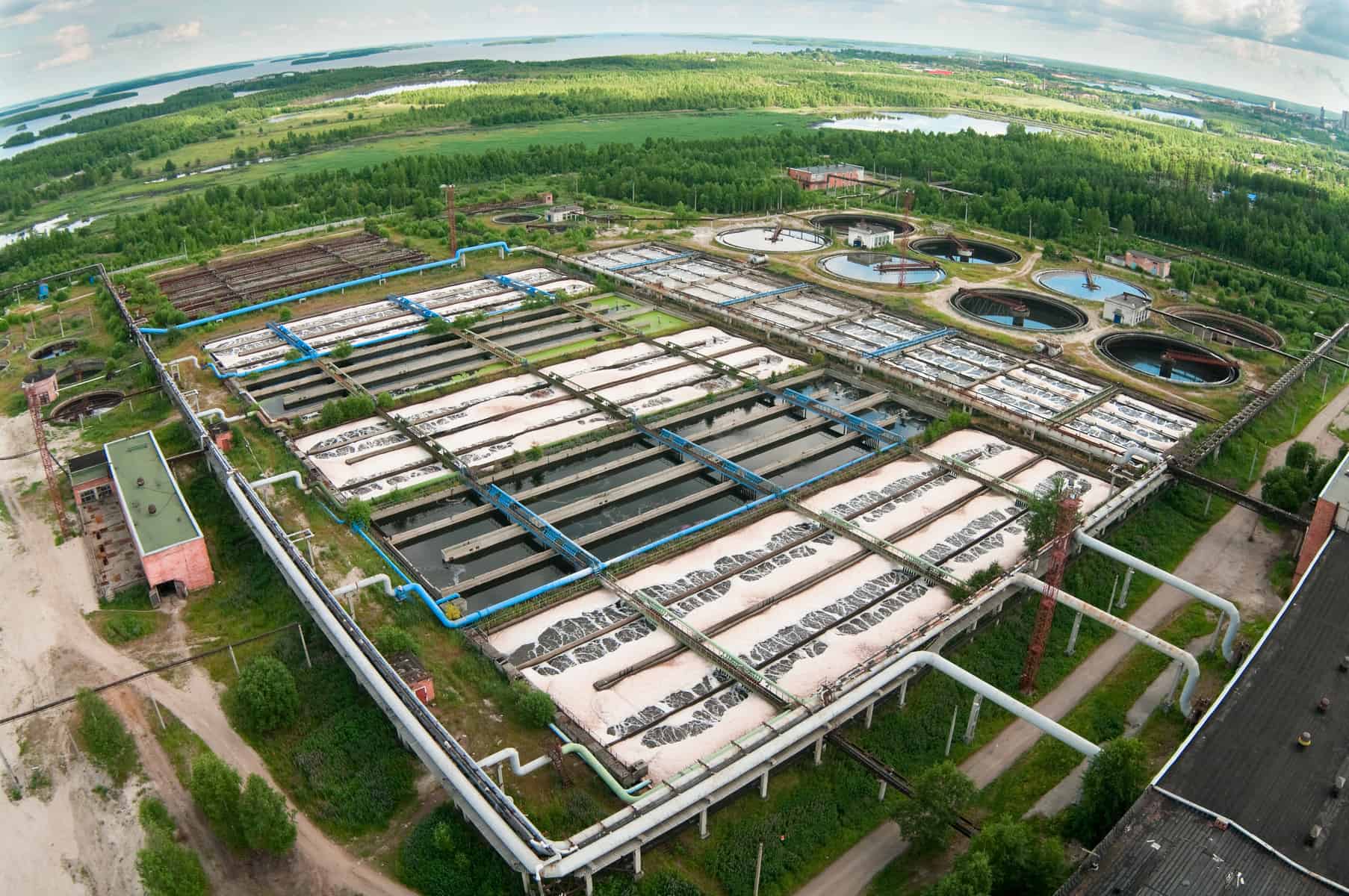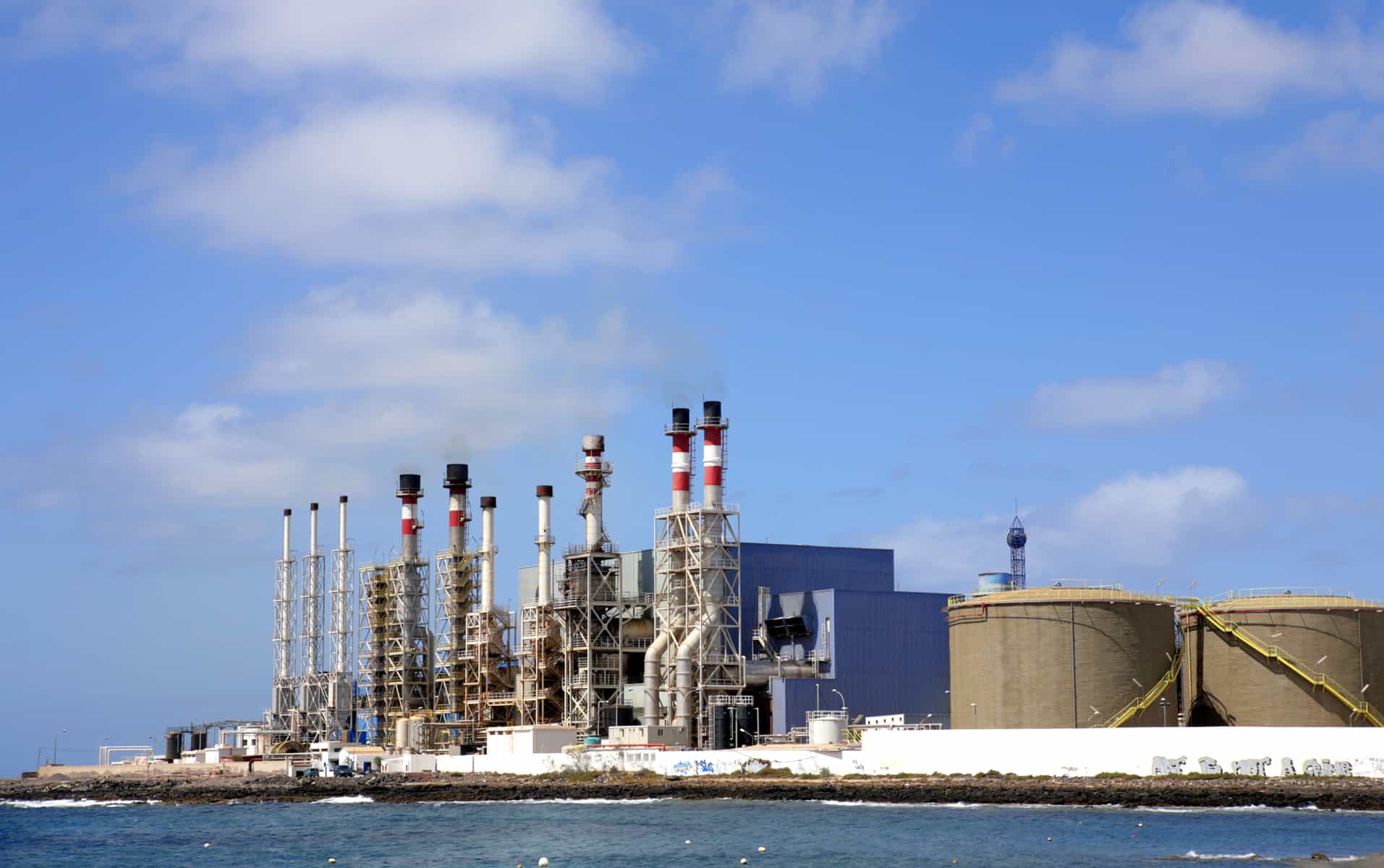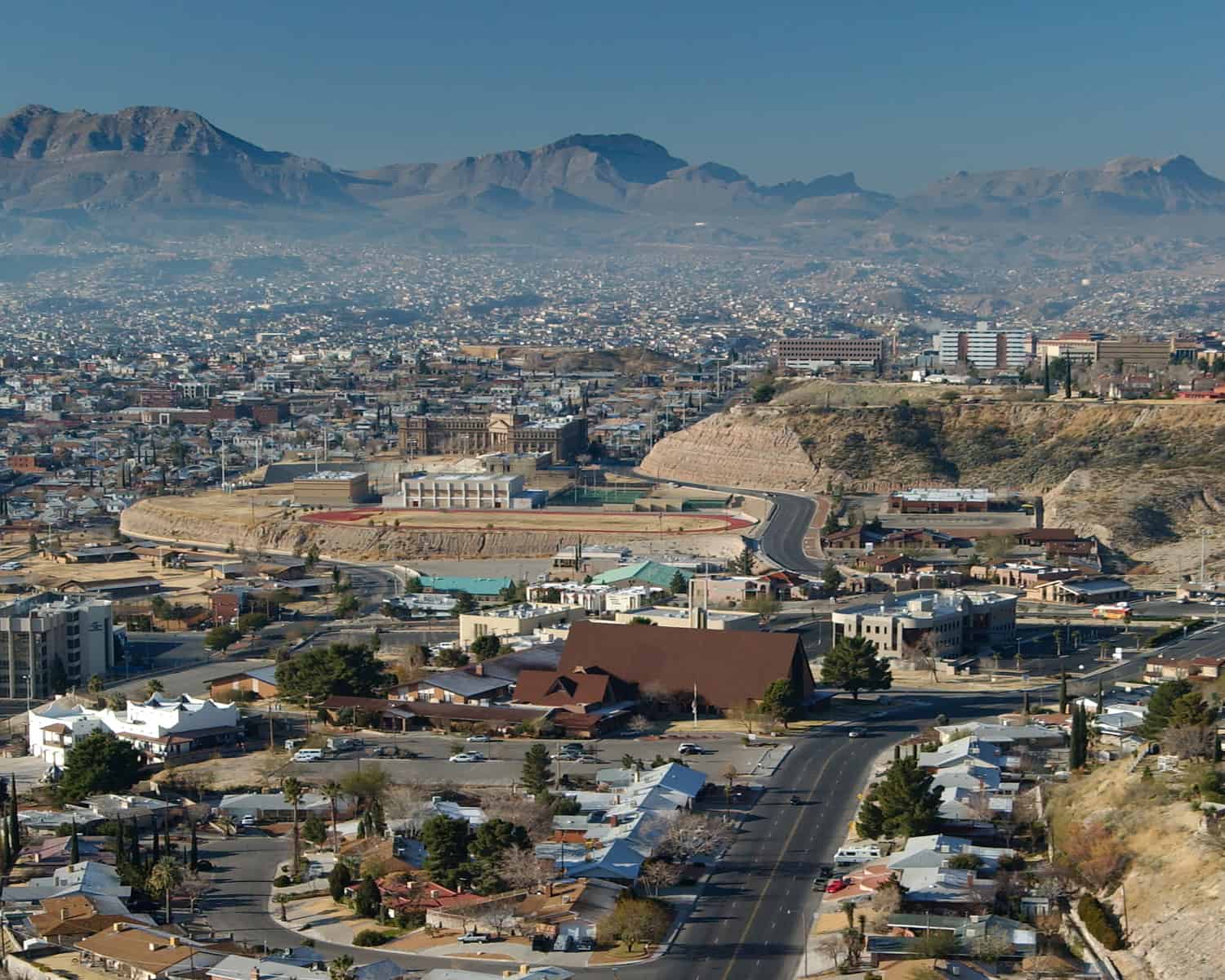Skyscrapers and the Chicago Architecture Center

Go to any major city in the world and look up. What do you see? One of the essential staples of a present-day metropolis are the towering blocks of metal, concrete, and glass, united and stacked perfectly in an ensemble only recently made possible by modern energy. The history of the skyscraper is a captivating tale of human ambition, engineering, ingenuity, and urban evolution. These magnificent structures have become a symbol of wealth and opportunity, bringing to life one of the landmarks that distinguish cities from towns around the world.
The first sparks of this architectural revolution were born in the bustling city of Chicago, a metropolis that stands as a testament of progress and innovation. The birth of skyscrapers being in Chicago may seem random yet in reality it was far from a coincidence. Emerging from the ashes of the Great Chicago Fire of 1871, the city's architects and builders seized the opportunity to reshape their landscape, birthing a new era defined by towering edifices that reached for the stars. The city's rapid expansion in the late 19th century necessitated efficient use of limited space and a growing population, leading architects and engineers to reimagine traditional building techniques. This era marked a pivotal shift from low-rise brick and masonry buildings to the vertical titans we know and love today. Consequently, as the Windy City struggled to rebuild itself, it unintentionally set the stage for an architectural movement that would forever reshape skylines across the globe.
It's important to note that breakthroughs can be very energy intensive. The development of steel-frame construction techniques and the harnessing of coal-powered steam engines paved the way for the towering structures we know today. The strength and malleability of Steel allowed architects to design soaring buildings with open, flexible interiors, while coal-powered machinery provided the energy required for construction on such monumental scales. This revolution in materials and energy usage allowed builders to lay the foundation for the modern construction industry.
The impact of skyscrapers extends beyond their physical presence; they symbolize a seismic shift in energy consumption and urban planning. These towers demanded a reimagining of energy distribution, lighting systems, and vertical transportation. Additionally bringing forth the opportunity to bring creative inventions to light. Elevators, for example, are another engineering marvel that allows people to inhabit and work in buildings far too tall to reach with stairs alone. The rise of skyscrapers prompted a reconsideration of natural light and ventilation, leading to architectural innovations prioritizing energy efficiency and human well-being.
Today, the legacy of skyscrapers is imprinted on the skylines of cities worldwide. As beacons of progress and prosperity, these architectural wonders are tangible evidence of humanity's ability to transcend limitations and redefine possibilities. The journey from Chicago's early experiments in steel and coal to the soaring spires of the modern era mirrors the advancement of society itself—a relentless pursuit of innovation and sustainability.
In tracing the history of skyscrapers, we uncover the story of buildings that touch the clouds and the narrative of human resilience, technological prowess, and a profound connection between architecture, energy, and urban living. As cities continue to evolve and sustainable practices become paramount, the lessons learned from the towering landmarks of the past continue to guide the way forward, reminding us that in the face of challenges, we can build both vertically and metaphorically toward a brighter future.
Resourcefulness is a fantastic resource for anyone looking to learn more about energy, technology, and the environment. So if you are interested in taking the first step to living a more sustainable lifestyle, visit us at Resourcefulness, and don't forget to follow us on Instagram for energy updates, fun facts, event announcements, and more! Also, don't forget to check out Power Trip: The Story of Energy, available on Amazon Prime, Apple TV, and PBS.


